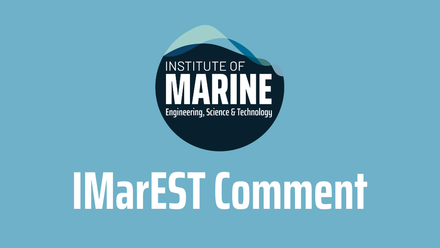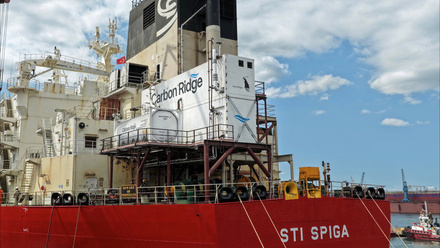EU brings shipping into the Emissions Trading System
Reducing greenhouse gas emissions such as carbon dioxide continues being the focus of shipping as it joins the EU’s Emissions Trading System (EU ETS).
Since introducing the EU ETS in 2005, the EU say the scheme has helped reduce greenhouse gas emissions from power and industry plants by 27%.
With large ships (gross tonnage of 5,000 and higher) now in the scheme since 1 January 2024, the EU hopes to see similar success in the shipping industry.
To encourage and finance this transition towards cleaner fuel and energy systems, the EU’s ETS operates as a cap-and-trade system for greenhouse gas emissions.
The cap aspect represents a limit on the total amount of greenhouse gas, expressed in ‘emission allowances’ that operators covered by the EU ETS can emit without heavy fines.
The trade aspect is a market where operators can buy, sell, and trade allowances. Operators who emit less than their cap can either keep their allowances to use in the future or sell them to those who have or will go over their cap.
A world first for shipping
Although other governments also operate their own ETS’s, the EU is the first to bring shipping into the fold. “There is no similar set up being built anywhere but Europe, but other regions are thinking about implementing similar solutions,” says Albrecht Grell, Managing Director of OceanScore, which specialises in emission tracking and ETS compliance solutions for the maritime industry.
The EU ETS covers 100% of emissions occurring on voyages within or between EU ports and 50% arising from voyages that start and end outside the EU. “The expectation is that other nations will follow the same logic so there will be no double-counting of emissions,” says Grell.
For shipping, the ETS covers carbon dioxide emissions. Methane and nitrous oxide emissions will be introduced in 2026.
“[The EU are] following a very systematic approach. They started with the MRV (Monitoring, Reporting and Verification) to monitor and verify carbon dioxide emissions some years back. Now, they are putting a price on it. They will do the same with methane and nitrous oxide. In this way, they’re giving the industry time to learn how to report and verify,” confirms Grell.
Gradual changes and administrative complexity
The EU ETS scheme is unlikely to impact the importance of shipping in transportation. “The costs are not so high that it will dramatically change the logistics. We won't move cargo from ships to trucks or planes,” says Grell. “What it does mean is that quite a few energy efficiency-related measures will start to make economic sense. We’re talking retrofits, changing operation behaviour - particularly slower speeds in the container trade.”
For the shipping industry, the biggest hurdle will come from the additional administration the system will require. “The reporting, regulations, and transparency requirements are similar to the MRV,” says Grell. Those requirements include verification by an accredited organisation by the end of March every year.
There may also be internal accounting needs, such as when the owner and operator are not the same entity. “The owner has the ultimate responsibility to surrender the allowances to the regulator, but they will also need to be refunded by the operator. That brings in an added layer of complexity,” states Grell.
Another consideration is that the EU ETS is likely to change over time. Then, when other nations introduce regulations, their compliance requirements may differ from the EU's. As Grell says, “The whole regulatory environment is going to be really complex.”
Indeed, the UK ETS scheme is expected to extend to the marine sector from 2026.
Grell recommends that impacted entities start implementing solutions as quickly as possible but cautions against DIY solutions, such as spreadsheets. “You will get to a point where you realise that, late in the process, Excel won’t do it, that something has gone wrong. That could be a very expensive realisation.”
Discover more about EU’s Emissions Trading System and how it affects shipping by joining the IMarEST Ship Energy and Environment Special Interest Group (SIG).
Main image: Emissions from a large cargo ship; credit: Shutterstock






